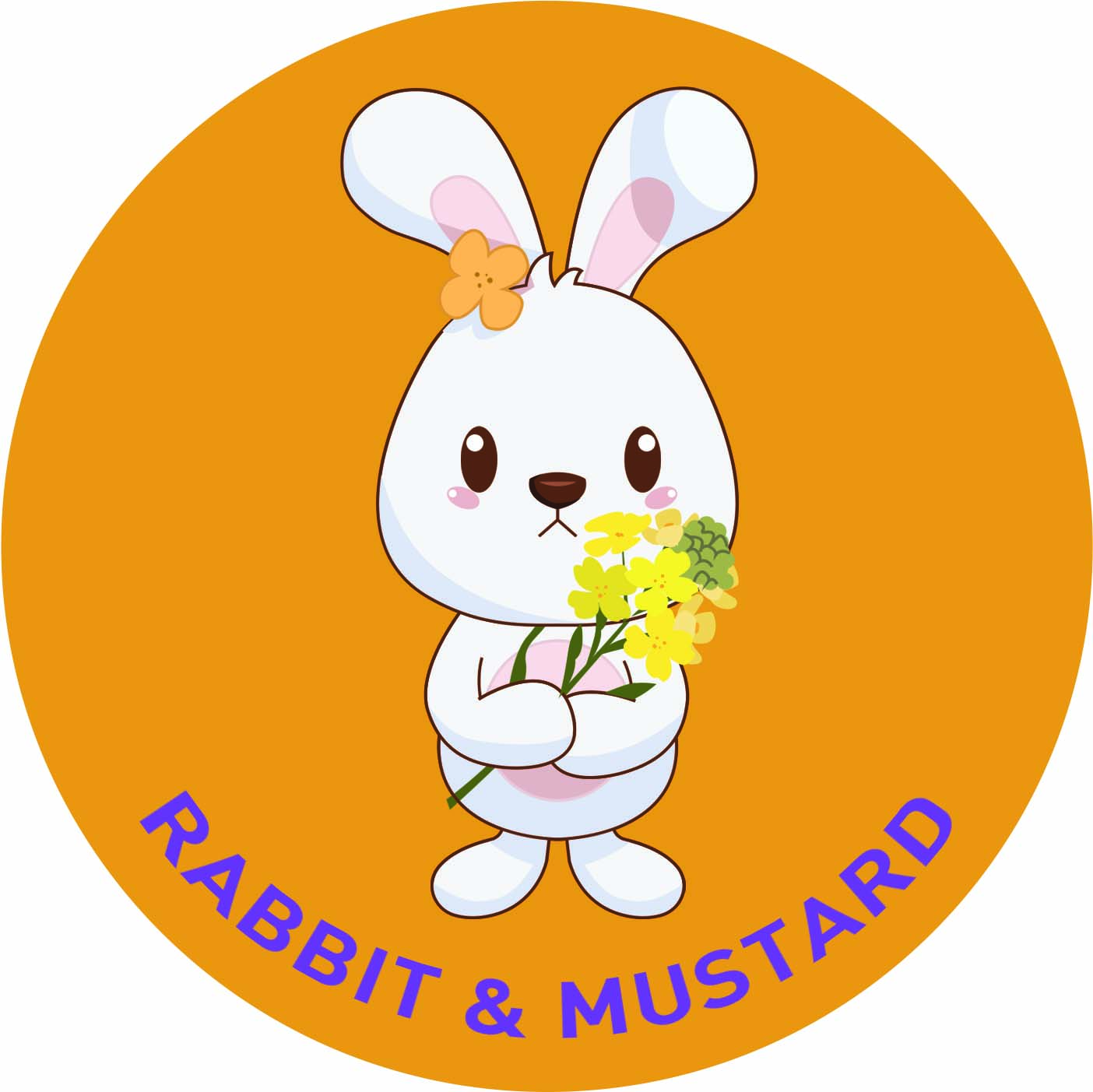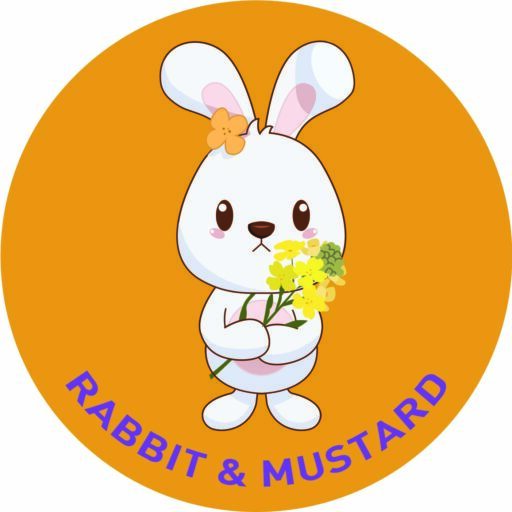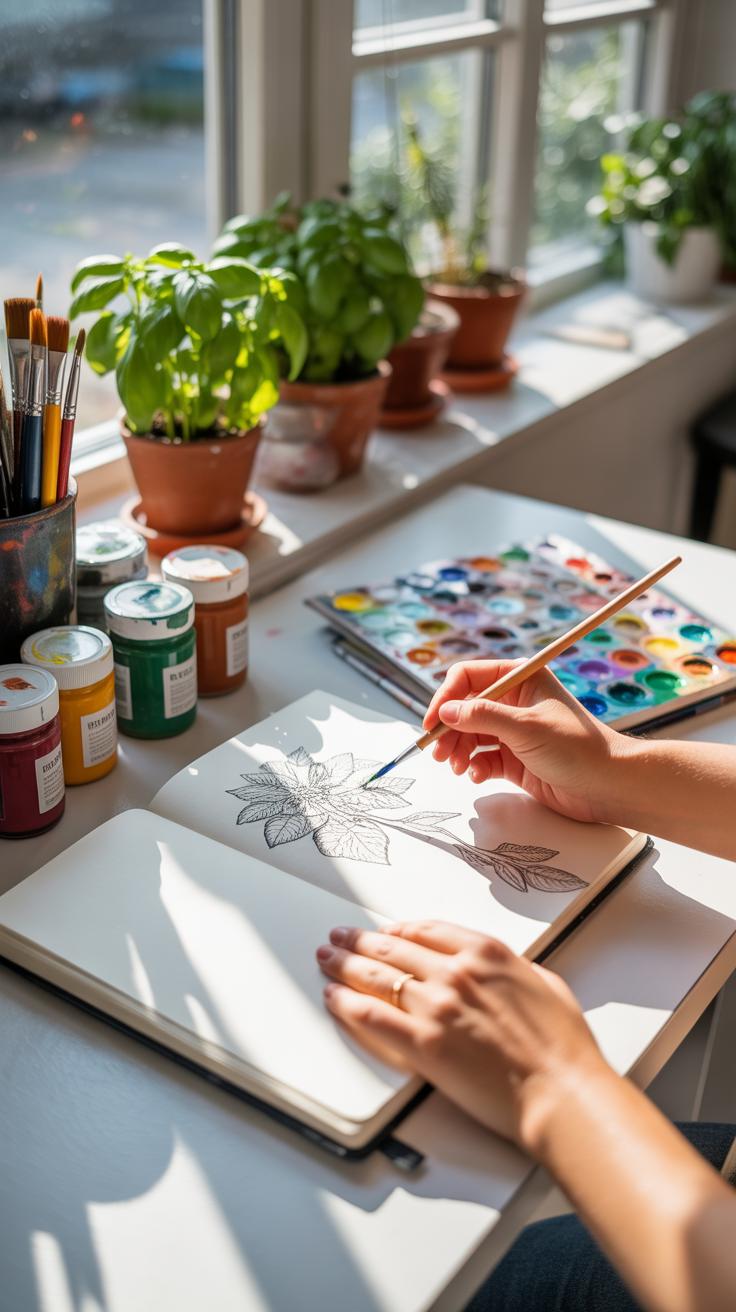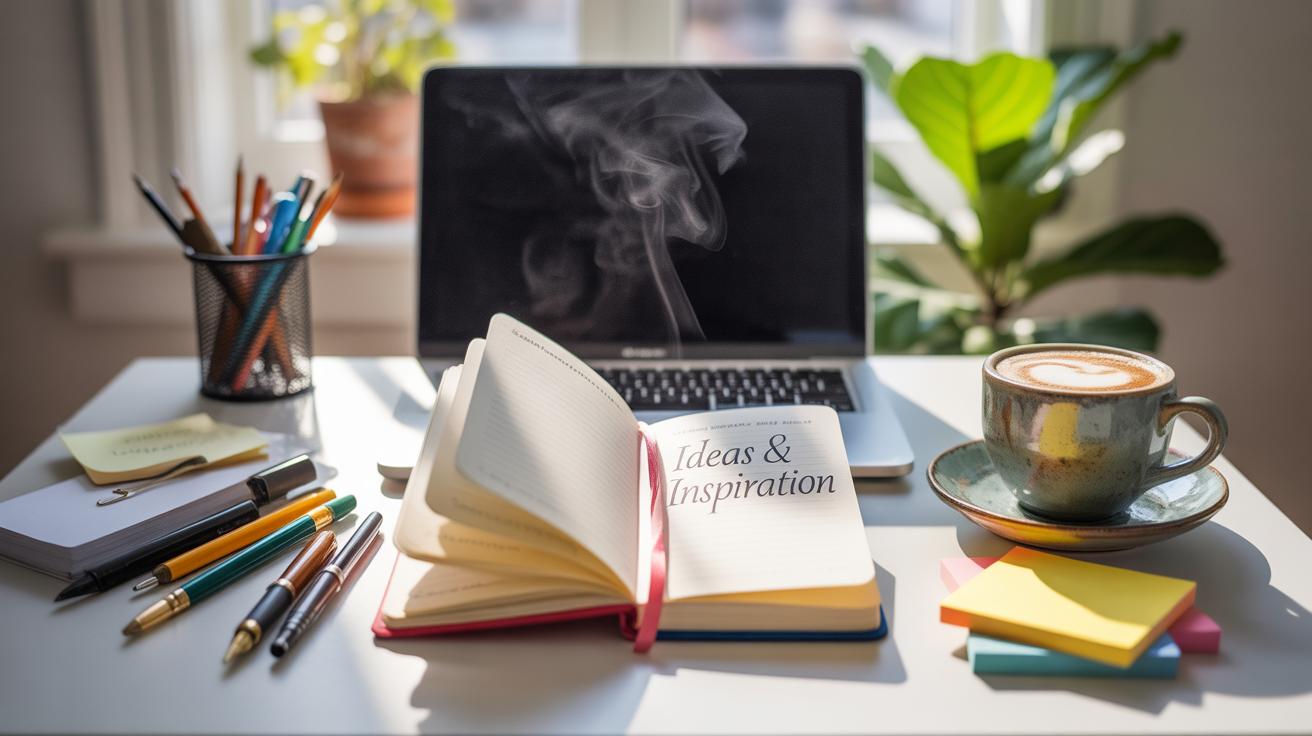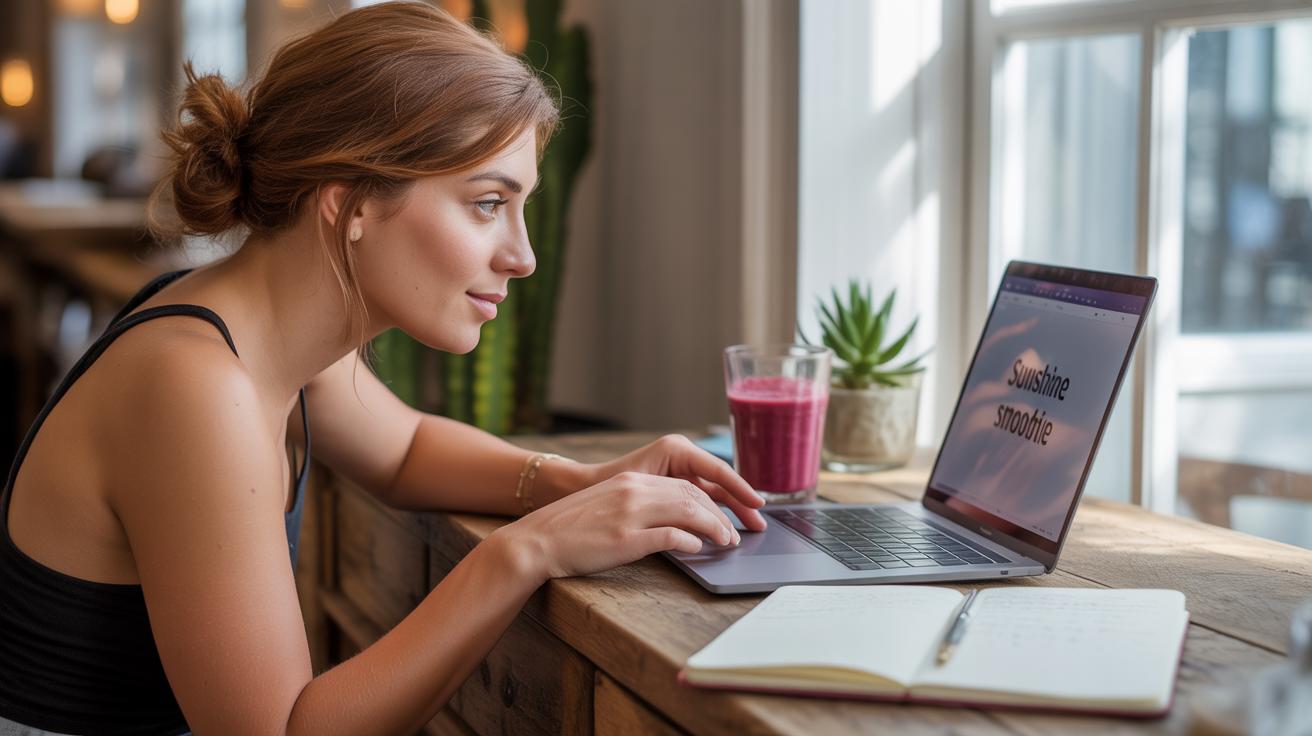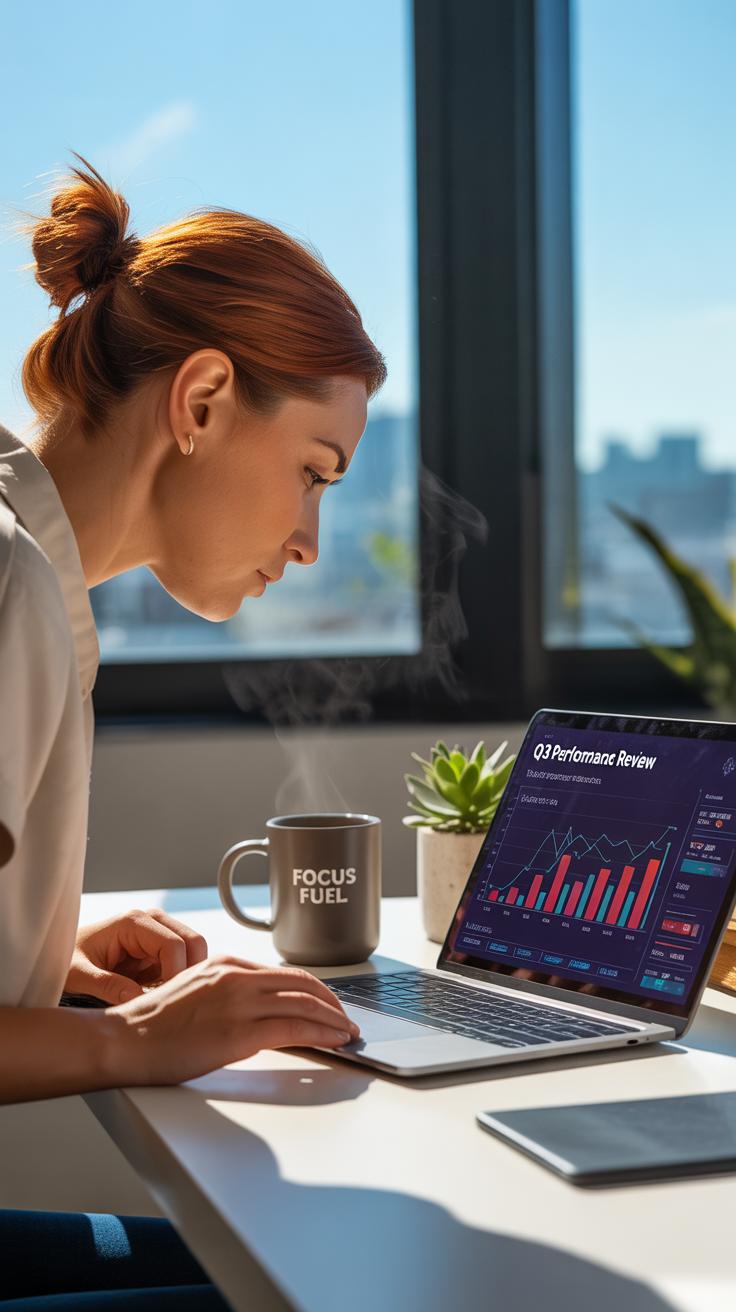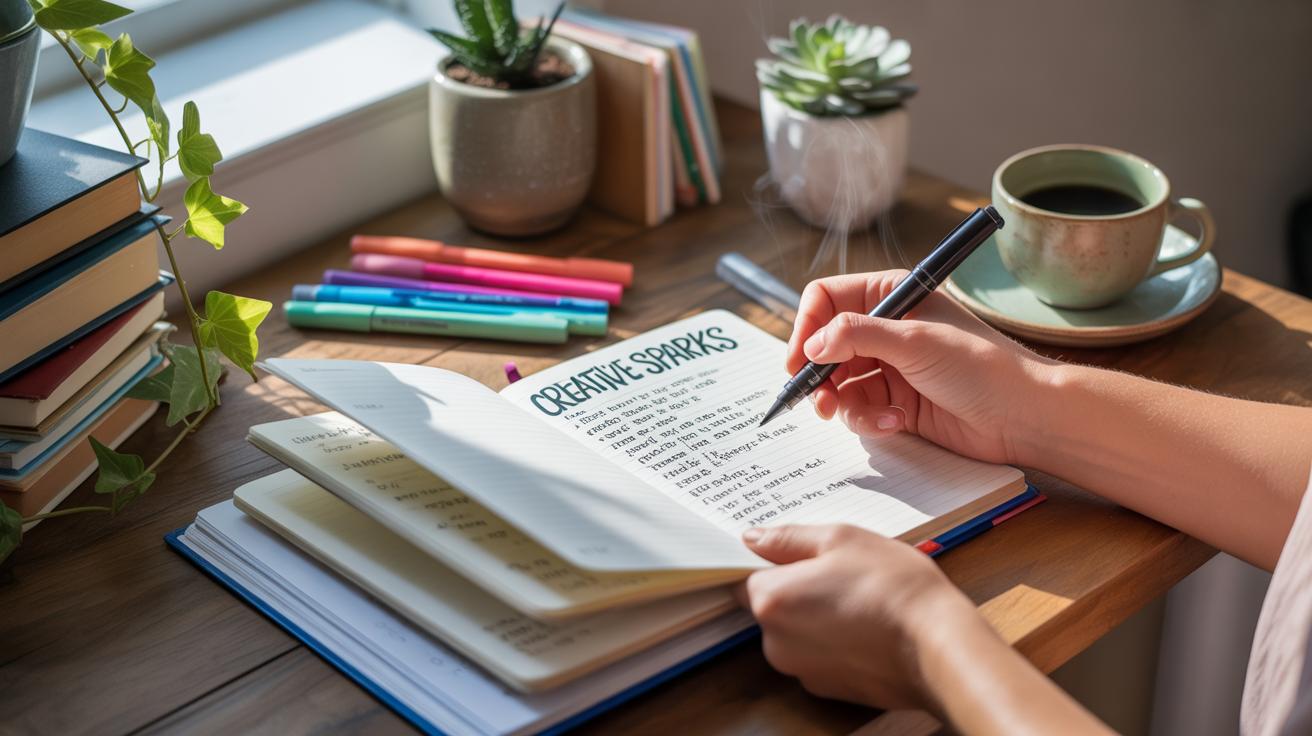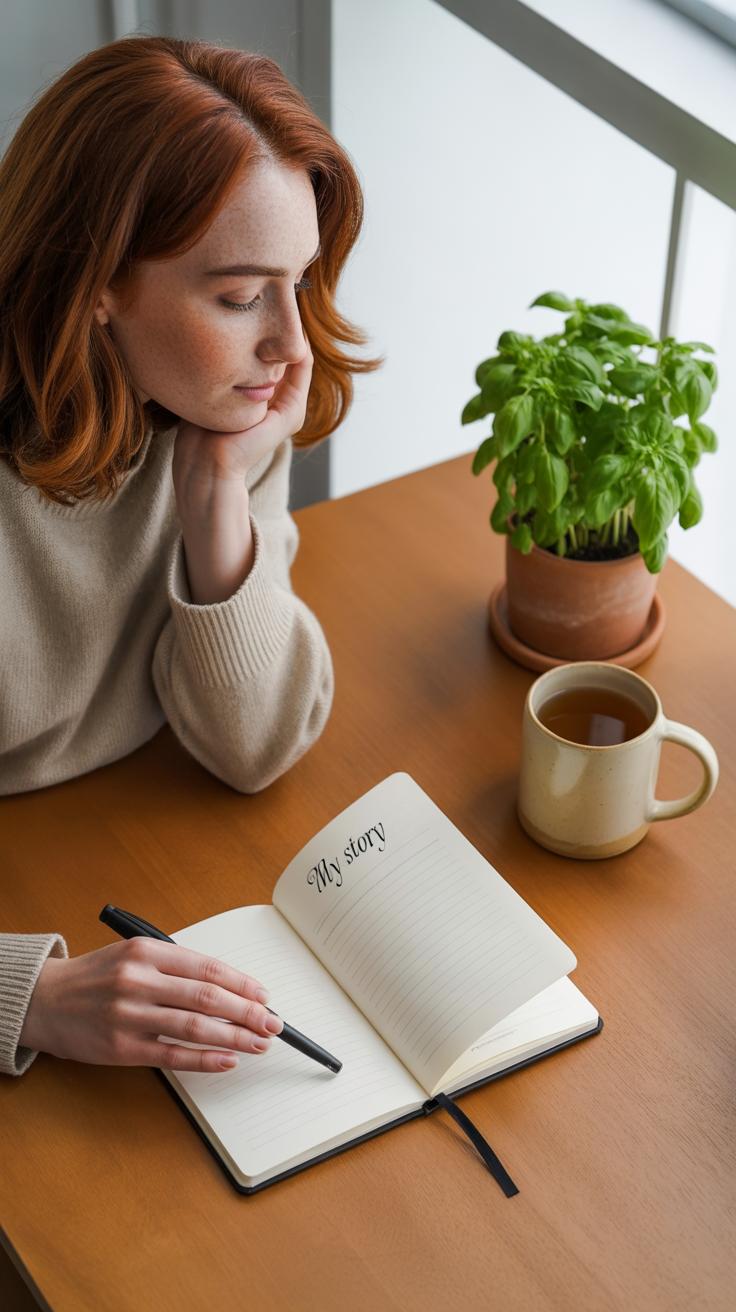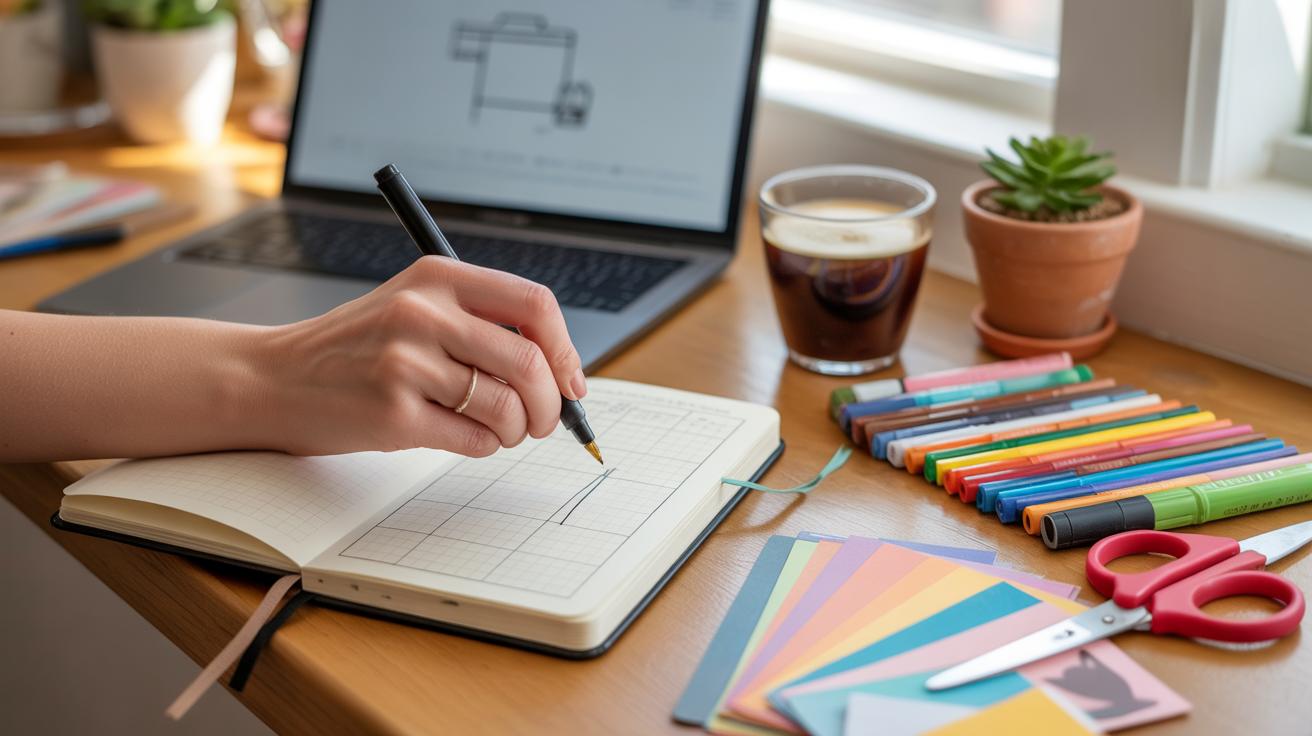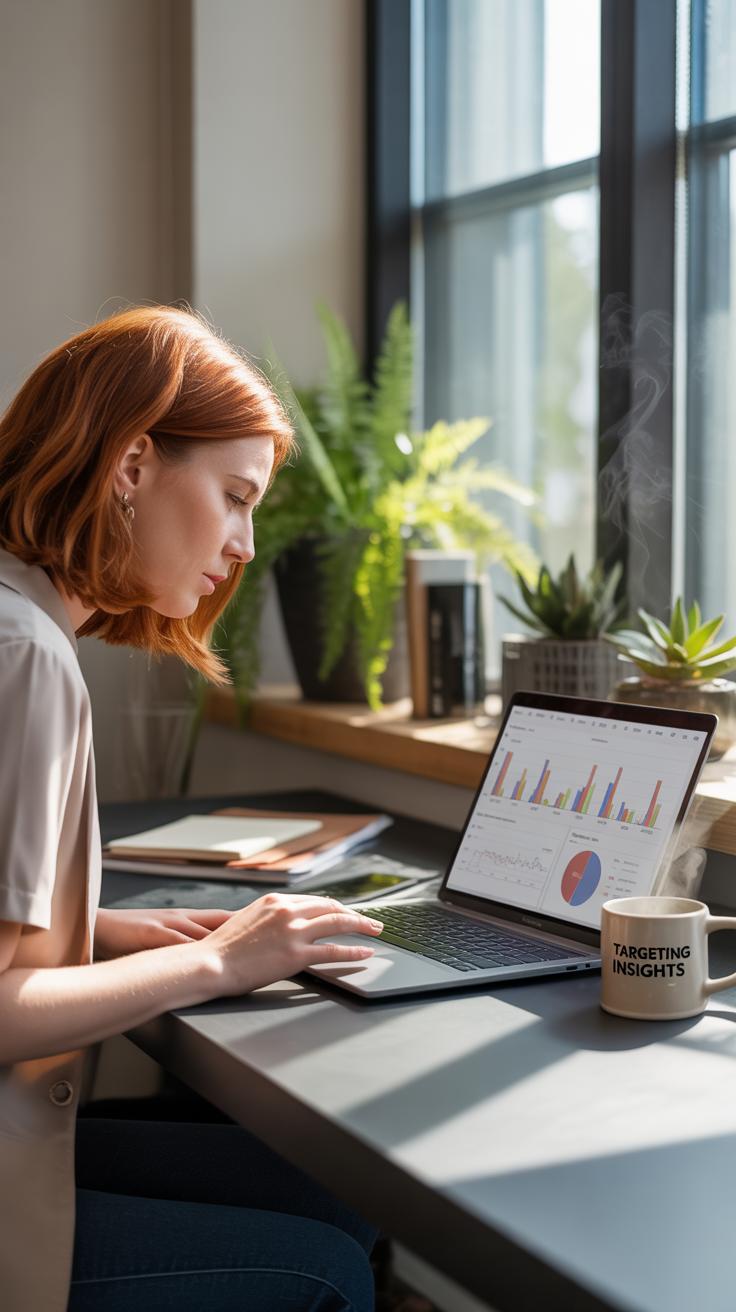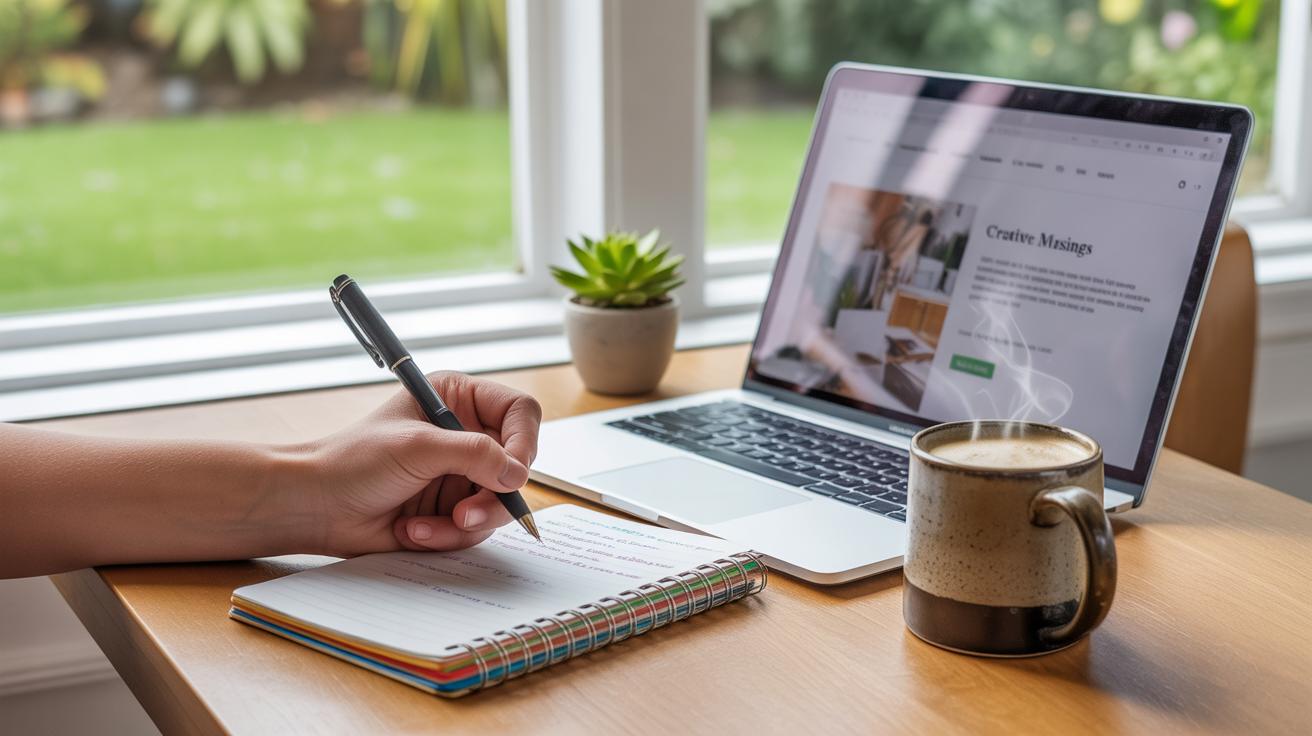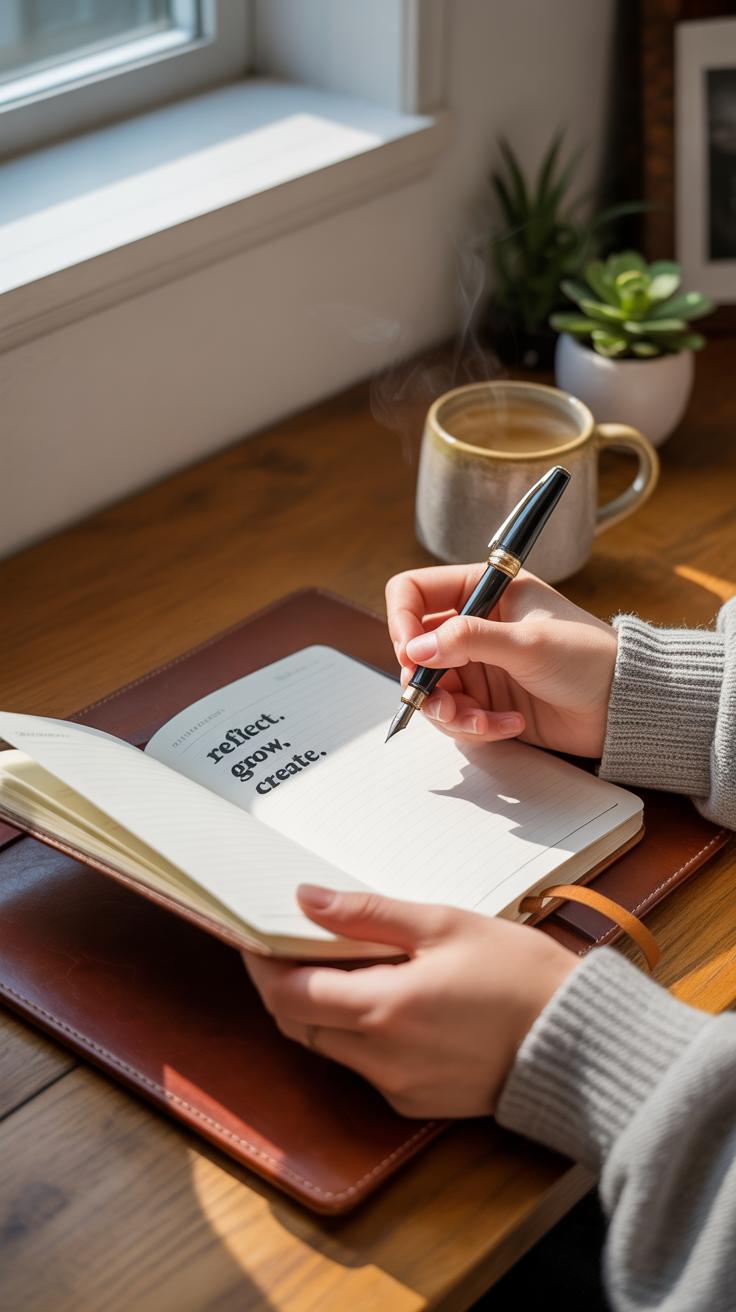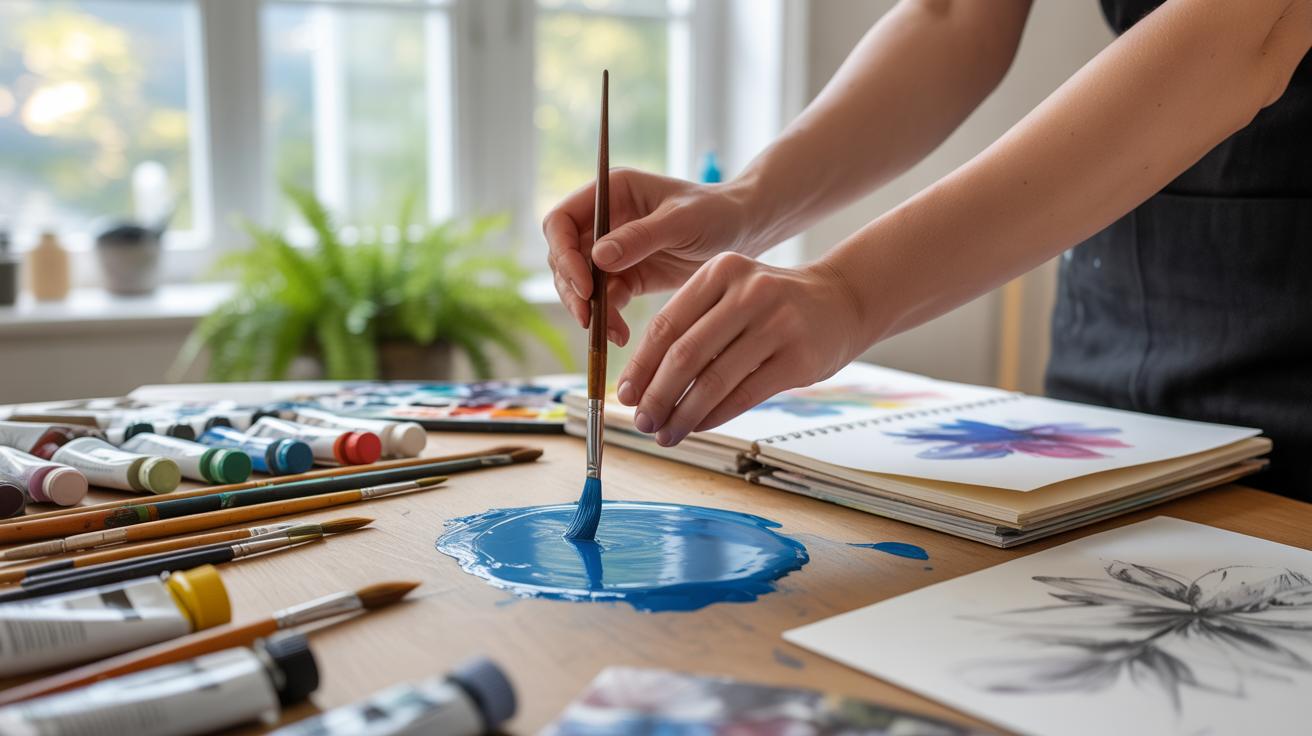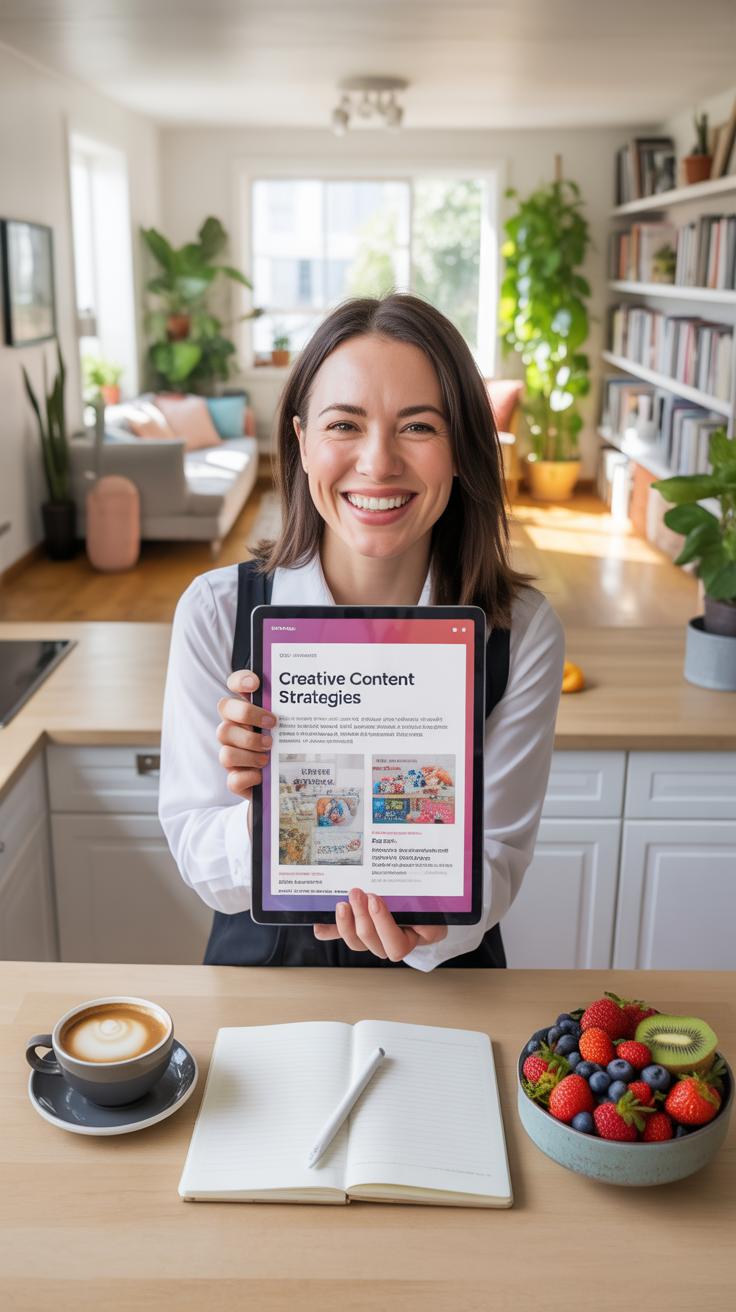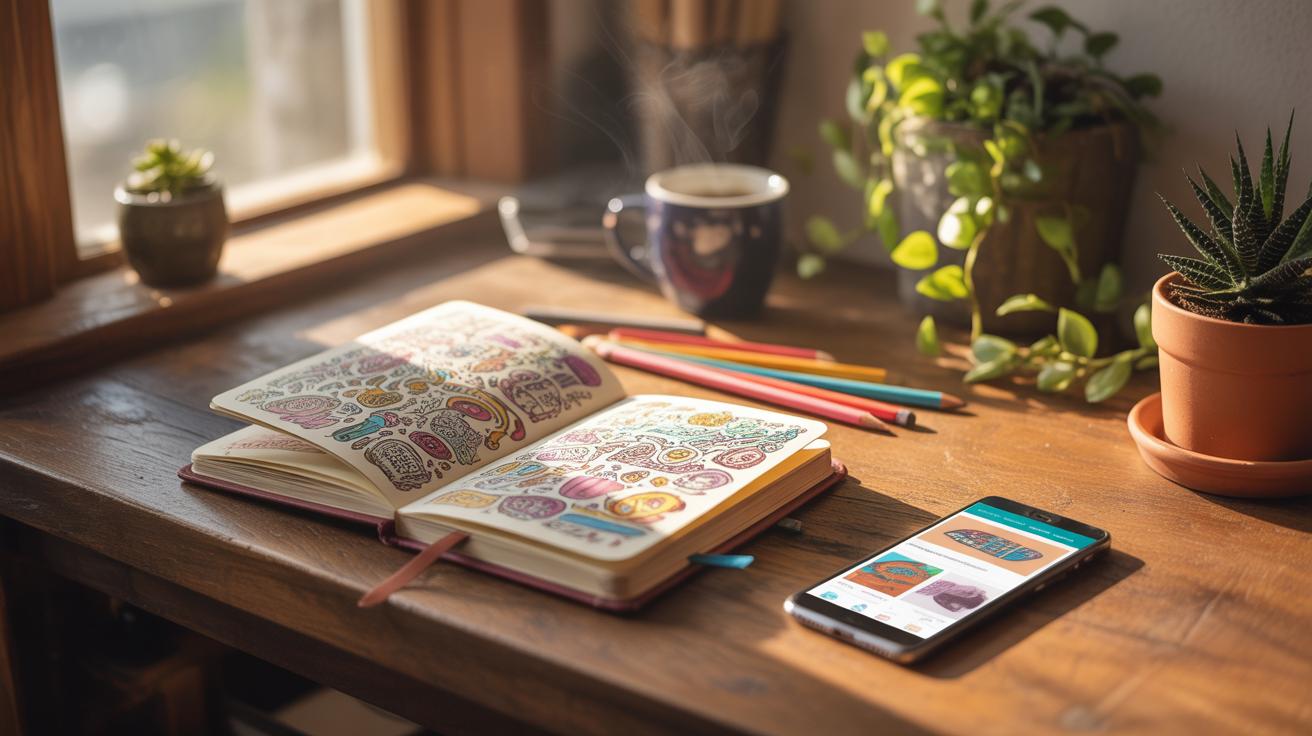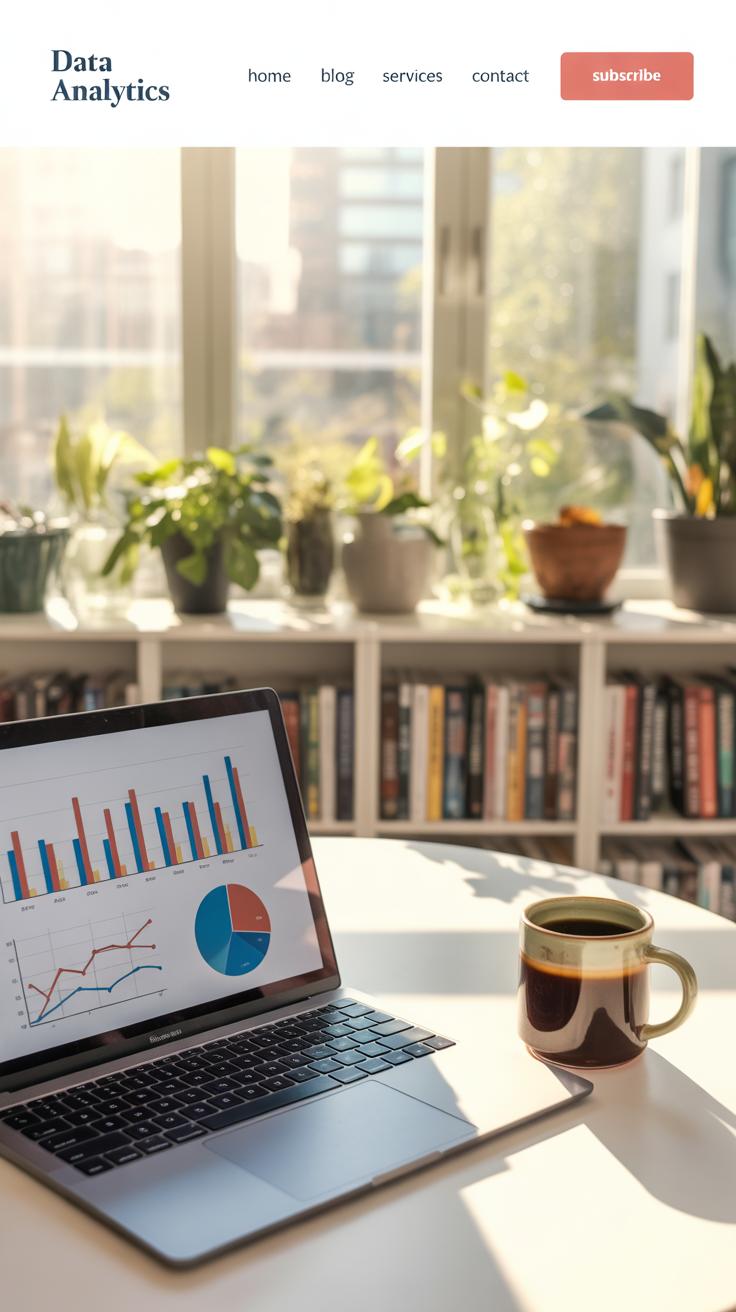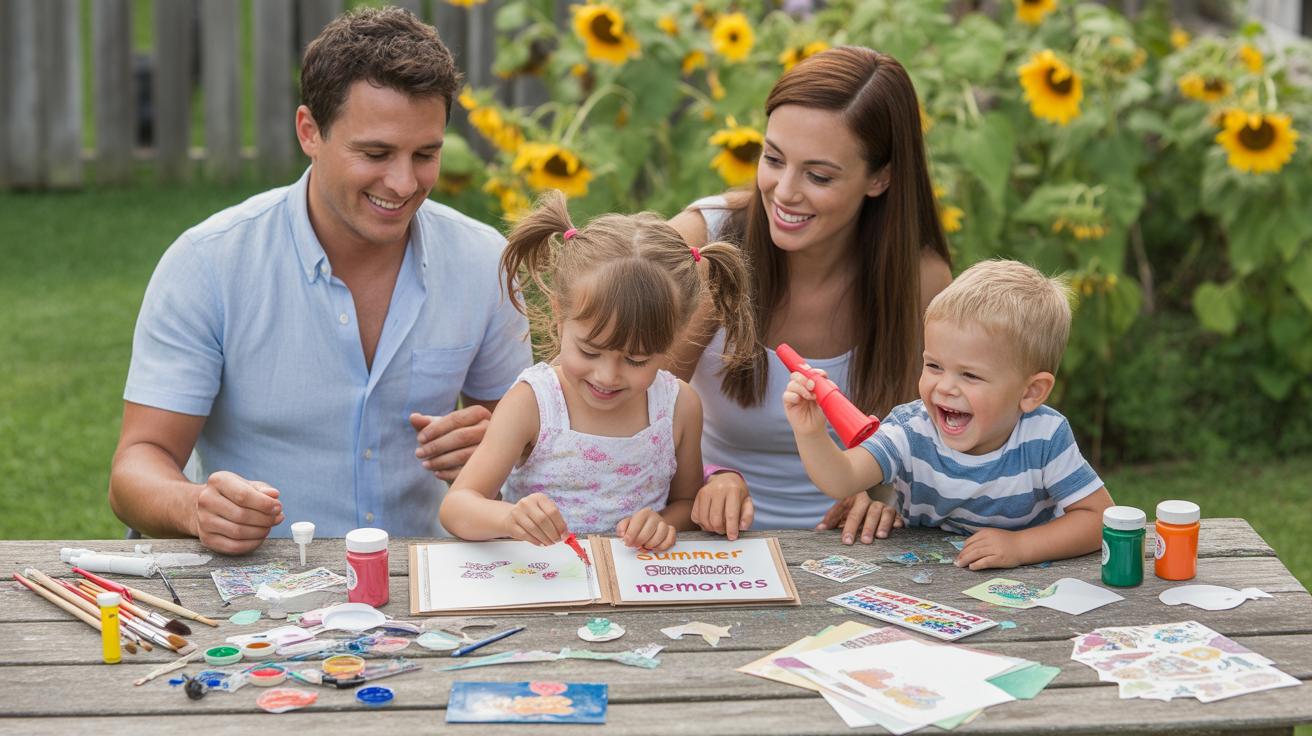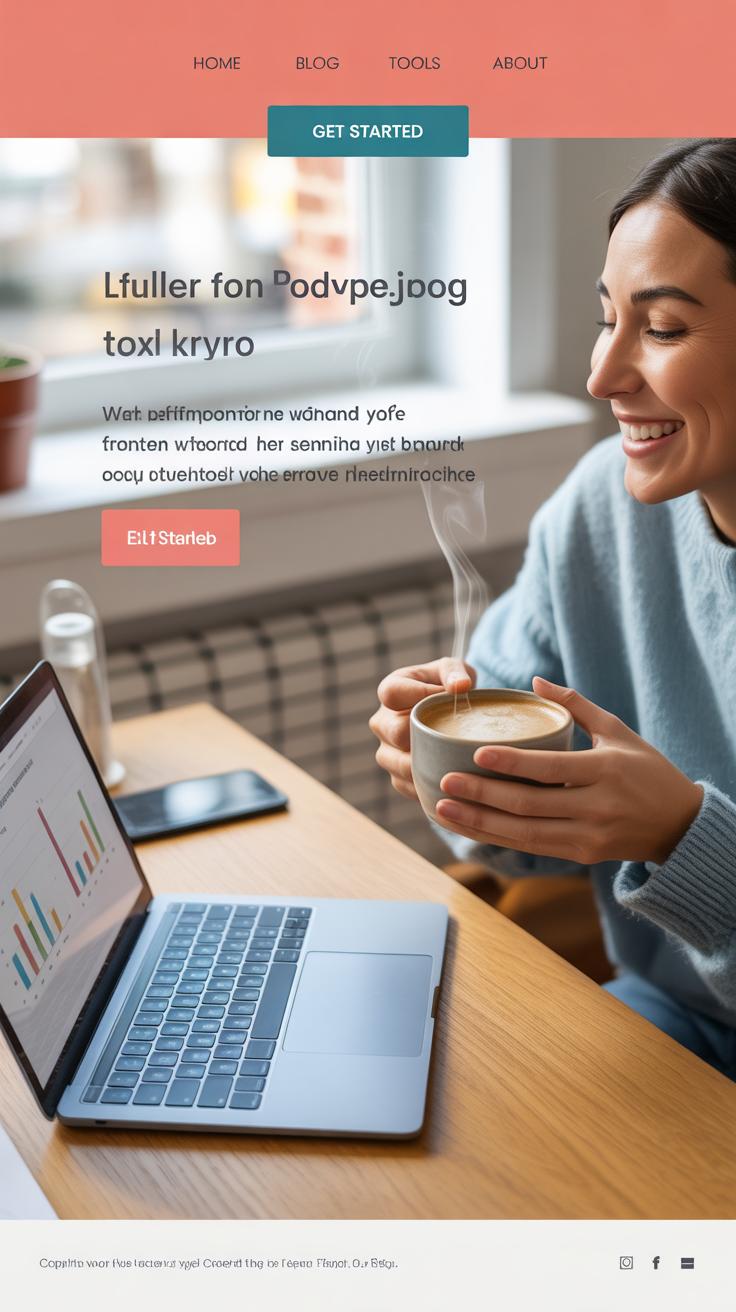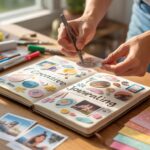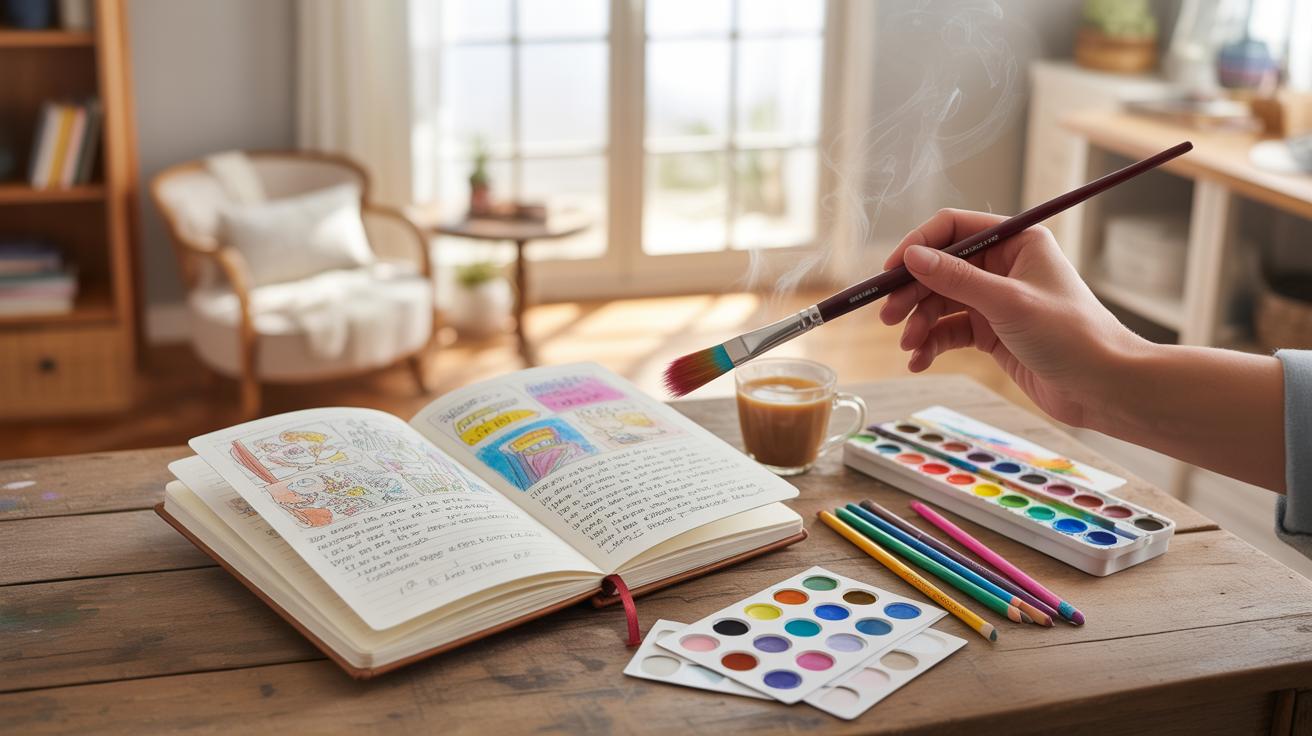
Art Journaling For Your Creative Expression And Personal Growth
Introduction
Art journaling combines creativity and personal reflection. It lets you use art as a way to show your thoughts and feelings. This practice is simple and fun, involving drawing, painting, writing, or collage in a journal. Through art journaling, you can explore your inner world and document your life creatively.
More than just drawing or writing, art journaling helps your personal growth. It gives you space to express emotions and ideas that are hard to say in words. This guide explores how art journaling can boost your creative expression and support your self-development journey step by step.
What Is Art Journaling
Art journaling is a way to combine drawing, painting, writing, and collage all in one place—your journal. It’s not about making perfect art or neat handwriting; instead, it’s about expressing yourself freely. You might write a thought or a feeling, then add colors or shapes around it. It’s like a visual diary where words and images meet.
Although art journaling feels modern, it grew out of traditions like sketchbooks and diaries, where artists and writers capture ideas. Over time, people began mixing art and writing more intentionally to explore emotions or develop creativity. The process encourages you to respond spontaneously, to explore without much planning.
You might wonder why mix art and writing? Well, the two together let you communicate more complex feelings. A word alone can feel flat, but add color or texture—suddenly, it’s layered, richer. It’s a personal conversation between what you think and what you feel, recorded page by page.
Basic Elements
At its core, art journaling is simple. Most people start with just a journal or sketchbook. Paper quality matters—thicker pages work best if you want to add paint or glue. Common tools often include:
- Paints such as watercolor or acrylics for washes or bold accents
- Pens and markers for writing or outlining
- Collage materials like magazine clippings, stickers, or photographs
- Glue sticks or adhesives to fix things down
You don’t need all this at once. Sometimes a simple pen and a notebook can be enough to get started. The methods vary—you may layer paint, scribble words, or stick images, all depending on mood or purpose.
Different Styles
There isn’t a single “right” way to keep an art journal. Some people focus on abstract patterns and colors without words. Others combine doodles with poetry or list personal reflections alongside sketches. There are minimalist journals with sparse images or maximalist ones filled edge to edge.
People use art journaling in ways that suit their needs. Maybe you want to work through emotions, so your journal has chaotic brush strokes and raw lines. Perhaps you’re aiming to spark creativity, so your pages show experiments in color or texture. Some journals document daily life; others explore dreams or goals.
The style can even shift from page to page. One day might feel loose and free; another, more careful and detailed. This flexibility is part of what makes art journaling a unique path to self-expression.
Materials You Need
Choosing The Right Paper
Picking the right paper for your art journal can feel like a small but tricky decision. You might want thick paper if you plan to use paints or markers that bleed through. Watercolor paper, for example, is heavier and can take wet mediums without warping. On the other hand, smooth paper works well for pens and pencils, giving you clean lines and less texture to distract.
Some people prefer mixed-media paper—it’s kind of like a middle ground, decent for light paint, ink, and pencil. If you like collage or glueing in bits of paper, thicker stock helps with durability. But honestly, sometimes you find yourself experimenting with what you have around, and that’s okay too. Each paper type shapes your art style in subtle ways.
Tools For Creativity
Once you have your paper, the next step is gathering tools that feel inviting. Pens with fine tips are great for detailed work or writing little notes alongside your drawings. Pencils are flexible—you can sketch lightly or darken shadows. Then there are paints—watercolors give a soft, translucent vibe, while acrylics offer bold color that stands out.
Markers and colored pencils bring a different energy; some folks like the precision of colored pencils, others enjoy the saturation of markers. Don’t forget basic things like erasers and rulers that can turn messy drafts into something neater. But guess what? Sometimes messing up is part of the attraction. How much do “perfect” tools really matter when discovering your style?
Starting Your First Journal
Picking Your Journal
Choosing the right journal isn’t as complicated as it might seem, but it does shape your experience. Size matters—do you want something portable to carry everywhere, or a larger journal that gives you more room to experiment? Smaller ones are great for quick sketches or notes on the go, while bigger journals invite more detailed work.
Paper quality makes a difference too. If you plan to use watercolors or markers, thicker paper will prevent bleed-through or wrinkles. For simple pencil or pen, standard paper might be enough. Binding is another factor: spiral bindings let you flip pages easily and lay flat, but stitched bindings often feel more durable and elegant. You might feel drawn to one over the other—even if it’s just a gut feeling.
Think about what you’ll enjoy working with, not what others recommend. Sometimes, an inexpensive notebook sparks more creativity than a fancy art journal. It’s okay to start small and upgrade later, if that feels right.
First Page Ideas
That first page can feel like a hurdle. What should you put there? It doesn’t have to be perfect or profound. You can begin by writing your name, date, or why you want to start this journal. Simple. Or jot down a few words that describe your mood, intentions, or even a favorite quote.
Don’t overthink it. Doodle random shapes, splash some color, or glue a scrap of paper. The goal is to break the ice—to say, “I’m here, I’m starting.” Maybe write a list of things you want to explore, or a quick self-portrait. These small actions make the journal feel friendlier—and less intimidating.
Remember: mistakes are part of the process. Smudges, uneven lines, uncertain marks—they speak of trying something new. So those first marks don’t need to be precise; they just need to be yours. What could your first page look like if you freed yourself from pressure? Give it a try. You might surprise yourself.
Techniques To Try
When it comes to art journaling, there’s a surprising freedom in trying out different techniques. Sketching and drawing often come first to mind. Using simple lines and shapes, you can capture fleeting thoughts or emotions. It doesn’t have to be perfect; in fact, messy lines can add character. Try quick sketches—perhaps doodle whatever’s in front of you or what’s on your mind. To improve, practice regularly but without pressure. Experiment with shading or different pencils to see what feels natural. You may find that sketching helps you slow down and connect with what you’re thinking.
Collage and mixed media offer a different kind of adventure. Collect old magazines, photos, fabric scraps—anything that you feel drawn to. Cut, tear, paste, and layer. This buildup of textures and images allows you to express ideas that don’t emerge easily through drawing or writing alone. Combining paint or ink on top of collages can further personalize your pages. Sometimes the contrast between smooth paint and rough paper excites me. It pushes the page beyond what I expected, sparking new thoughts. Don’t hesitate to mix materials that might seem odd together. The result often surprises you.
Expressing Emotions Through Art
Sometimes words just fall short. Your feelings—complex, tangled, or maybe even confusing—don’t always come out clearly when you try to describe them. That’s where art journaling shines. It gives you a space to explore emotions that aren’t easy to put into sentences. A burst of color, a sharp line, or even a rough sketch can speak volumes without needing explanation. You might find yourself capturing a mood or thought more honestly through your brush or pencil than you ever could with writing alone.
Art As Emotional Outlet
Drawing or painting what you feel can work as an immediate release. When stress builds up, putting it onto the page—whether through chaotic scribbles or calm shapes—can lighten a heavy mind. You don’t have to think too much about rules or technique; just the act of making marks in response to your emotions can improve your mood. I’ve noticed how a single page filled with color and texture sometimes calms me more effectively than a long conversation. It’s almost like your feelings find a quieter place to exist instead of swirling inside you.
Writing And Doodling
Mixing words and doodles creates a unique way to delve deeper into your feelings. Maybe you don’t want to commit fully to writing an essay. Instead, short phrases, random words, or spontaneous doodles can hint at what’s going on inside your mind. This blend lets you explore ideas layer by layer. You start with a quick sketch, add a word or two, maybe a swirl or dot—and before you know it, your mood or thought gains more clarity. Sometimes the most revealing parts are those little unplanned marks that don’t follow any rule.
Growing Personally With Your Journal
Art journaling doesn’t just capture moments—it shapes how you see yourself over time. When you return to past pages, you might notice shifts in your thoughts or emotions you hadn’t realized before. Sometimes, an image or color choice reflects a mood you didn’t put into words. This kind of reflection can spark personal growth, even if it feels slow or uneven.
Keeping track of your feelings becomes clearer when you layer drawings, writing, or collage. You notice patterns that might surprise you. Why did certain ideas resurface? What sparked frustration or joy? This process sometimes shows you what you need to work on, but also what you’ve already moved beyond—though you may still carry traces of it.
Setting goals in your art journal isn’t about rigid plans. Instead, it’s a flexible space where you explore what matters most. You might sketch a goal, write a few words, or create a visual reminder that keeps you curious and motivated. The tangible nature of your journal helps remind you why the goal felt important in the first place—and nudges you forward, even when ideas waver or motivation dips.
- Reflect on your entries to spot emotional patterns.
- Use mixed media to express complex feelings over time.
- Set goals visually—think diagrams, symbols, or thematic pages.
- Revisit your goals regularly to adjust or rethink them.
Do you ever wonder what your past self was trying to say through your art? Returning to your journal might answer that, gently guiding you toward who you want to become.
Using Prompts For Inspiration
Sometimes, staring at a blank page feels like facing a wall. In those moments, prompts can be a helpful way to nudge your creativity awake. They don’t have to be complicated—just a simple idea or question can open enough space for your mind to wander. I’ve found that when I get stuck, even a small push from a prompt can lead me somewhere unexpected, somewhere interesting.
Try thinking of prompts as gentle invitations rather than strict rules. You can interpret them however you want, mix them up, or even ignore parts if they don’t fit your mood. That flexibility is part of their usefulness. The goal isn’t perfection; it’s getting started.
Simple Prompt Ideas
If you’re unsure where to begin, these starters might help get your journal moving:
- Draw or write about a color that feels strong today.
- Describe a place where you feel calm—real or imagined.
- List three things you noticed on your walk this morning.
- Create a quick sketch of an object near you.
- Write a few words or phrases that come to mind when you hear “change.”
Starting small can be less intimidating, and sometimes these little prompts build unexpectedly into bigger ideas.
Questions To Explore
When you want to go beyond surface-level creativity, asking yourself questions can open doors. These don’t have to be answered all at once—or even fully—you can reflect slowly, over several pages, or return to them later.
- What feeling do I want to understand better right now?
- What is something I’ve avoided thinking about lately?
- If I could change one thing about my day, what would it be?
- Which part of myself do I want to explore more deeply?
- What memory keeps coming back, and why might that be?
Questions like these have a way of inviting honest exploration. You might find your pages shifting from simple doodles to rich reflections without realizing it. Or maybe you’ll notice your focus wandering—that’s okay too. The prompts and questions are just tools to help you tune into your own process.
Overcoming Creative Blocks
When creativity hits a wall, it can feel frustrating—or even a bit discouraging. But those dry spells are normal, and there are ways to navigate through them without forcing anything. Sometimes, the best approach is just to take really small steps. You don’t have to make a masterpiece every time you open your art journal. Sketch a single shape, splash a bit of color, or write a few words. Tiny actions can nudge your mind forward, even if it feels insignificant at first.
Pausing is equally important. Stepping away for a moment might feel like quitting, but often it refreshes your perspective more than pushing harder. Try doing something unrelated for a few minutes—a short walk, a cup of tea, or just staring out a window.
Small Steps And Breaks
What if the pressure to create is exactly what’s blocking you? Shrinking your goal can be freeing. Here’s what I’ve found helpful:
- Limit yourself to just 5 minutes of art journaling. No judgment, no rules.
- Focus on repetitive patterns or simple doodles when stuck.
- Take breaks between sessions. Let ideas simmer without forcing them.
Sometimes, stepping back reduces the tension. It lets creativity sneak in quietly instead of yelling for attention.
Changing Your Environment
Have you noticed how a change in scenery can shift your mood? The same applies to your creative flow. Working in the same spot or using the same materials daily might dull your senses. Switching things up can open new paths:
- Try journaling outside or near natural light instead of your usual corner.
- Experiment with different tools—a new pen, brush, or even your non-dominant hand.
- Rearrange your workspace. A fresh setup can spark fresh ideas.
New surroundings help your brain see things differently. That shift can be subtle but enough to crack open a stuck moment. Honestly, I’ve hit walls that vanished the moment I grabbed a different color or moved to another chair.
Sharing And Connecting With Others
Opening your art journal to someone else can feel a bit vulnerable. But it can also create unexpected connections. When you share your work—whether in person or online—you invite others into your creative world. Sometimes, just knowing someone else sees your page can push you to keep going.
Sharing doesn’t mean you have to expose every thought or every sketch. You might choose a favorite page or one that expresses a certain feeling. People respond to honesty and effort more than polish. And those responses can spark new ideas or ways of looking at your art.
Joining Art Communities
If you want more than occasional sharing, finding a group of like-minded art journalers can help. Look for local workshops, classes, or art clubs in your area. These meetups often welcome all styles and levels. Online options are abundant too: Facebook groups, Instagram hashtags, and forums dedicated to art journaling offer ways to connect without leaving your home.
Try different groups and see where you feel comfortable. Some might focus on mixed media; others on daily prompts. You might prefer smaller, quiet groups or bigger, more active ones. There’s no right or wrong here—just options to explore.
Learning From Feedback
Getting reactions from others can be eye-opening. Positive notes remind you what resonates in your work. Suggestions might challenge your usual habits or suggest new techniques. Still, feedback isn’t a rulebook. You take what feels useful and leave the rest.
Sometimes, a simple comment like “I love how this color feels” can motivate you for days. Other times, a different perspective can help when you’re stuck in one way of seeing your art. It’s a balance between staying true to yourself and being open to growth. Have you noticed how fresh eyes can sometimes find what you missed?
Keeping The Habit Alive
Creating A Routine
Making art journaling a regular part of your life can feel a bit tricky at first. The key is to start small—really small. Maybe just five minutes a day or even three days a week. Setting a simple, achievable routine gives you room to breathe and grow without feeling overwhelmed.
Try to choose a consistent time that fits naturally into your day. Some people like to journal first thing in the morning, while others prefer a quiet moment before bed. The exact timing isn’t as important as finding a moment that feels doable.
Keep your materials handy. If your art supplies are buried deep in a closet, chances are you’ll make excuses to skip. I once left my journal on my kitchen table, and just having it there invited me to open it spontaneously.
It’s okay if you miss a day or two—don’t let that stop you. What matters is coming back. Maybe ask yourself: when did I feel most inspired during the week? Could I make that a regular habit instead?
Enjoying The Process
Art journaling isn’t about perfect pages or polished work. Occasionally, I find myself worrying about how my pages look, but then I remind myself—this isn’t a contest, and it really doesn’t need to be “good.”
The real value lies in the act of creation, the little moments where ideas surface, or your mood shifts just by putting pen to paper. Embrace mistakes or “ugly” pages. They have their own story to tell.
Remember, your journal is a personal space. Focus on what feels enjoyable, even if it’s just doodling, scribbling, or mixing colors that you find calming. Does the process make you want to come back tomorrow? That’s the question to ask.
Let yourself be curious without pressure. Maybe you’ll discover something unexpected about your creativity or yourself along the way. That kind of exploration is worth more than any perfect drawing.
Conclusions
Art journaling is a tool for creativity and personal growth. By regularly creating art in your journal, you open new ways to express your feelings and ideas. This process helps you understand yourself better and can make you feel calmer and more confident. It is accessible to everyone, no matter your skill level.
The habit of art journaling invites new thoughts and solutions. It encourages you to spend quiet time with your thoughts while creating something unique. Keep exploring your creativity and personal insights through your art journal. Your journey will help you grow and discover new parts of yourself.
